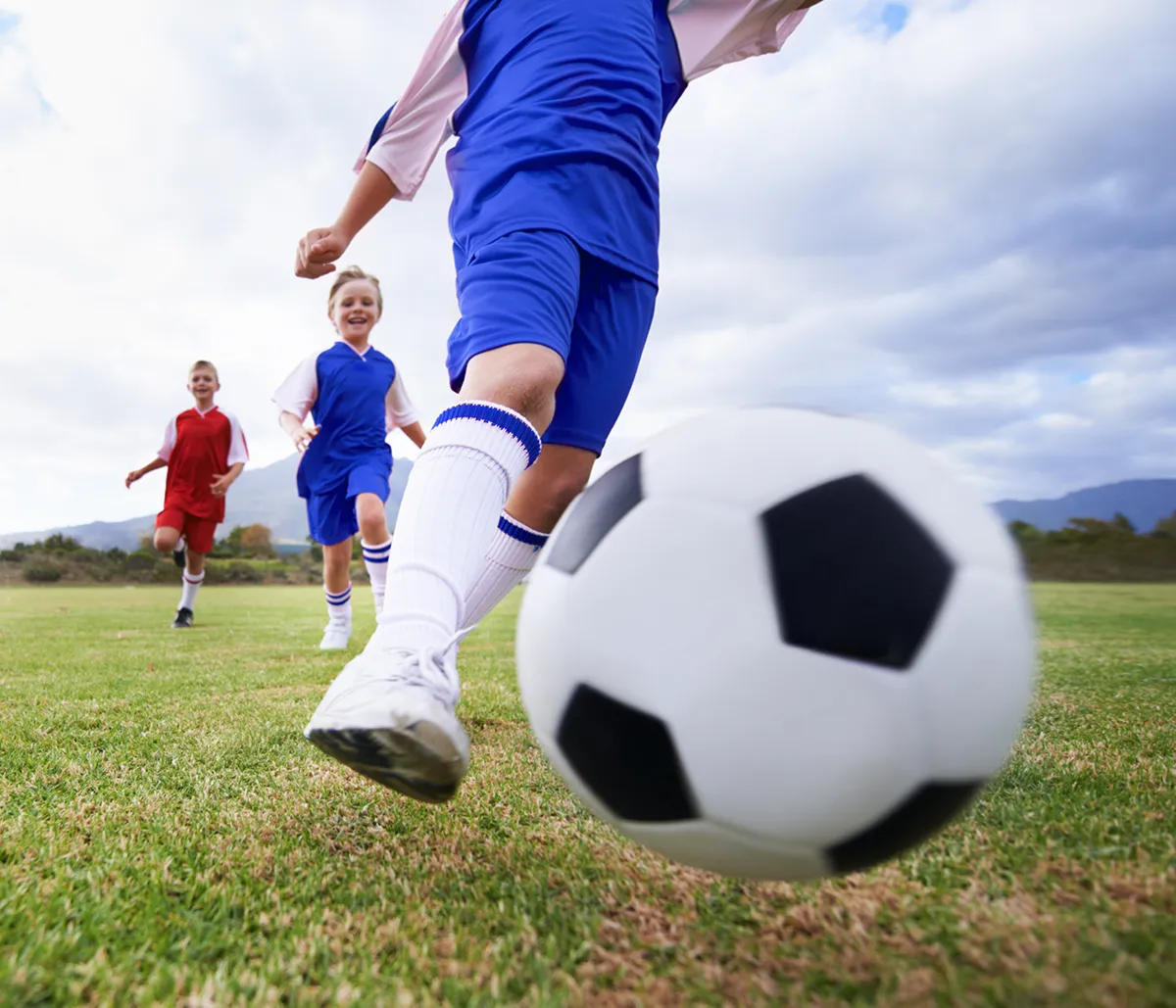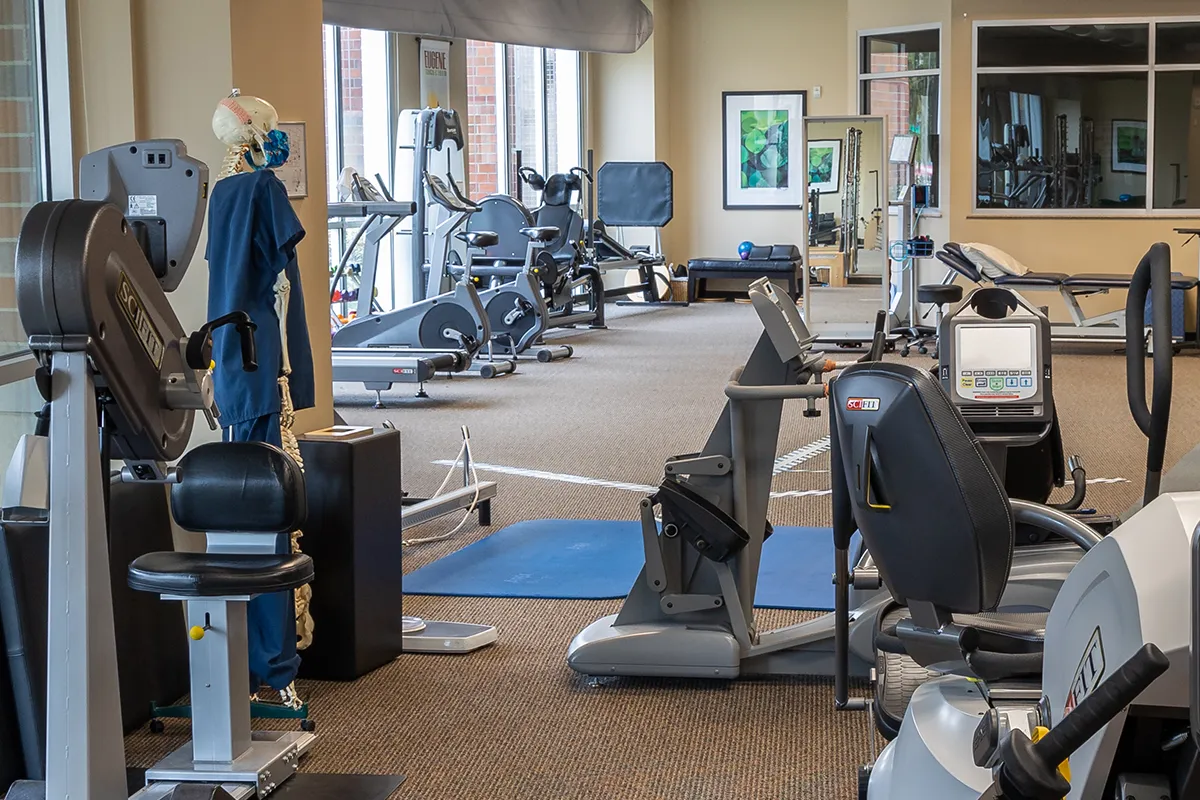High Heels High Risk
The Impact of High Heels on Female Athletes
I get asked almost daily in the clinic what is the best pair of shoes. I usually tell patients “that’s really dependent on your foot. What works for you, may not work for someone else“ or a variation of that statement. However, I never get asked, “Hey doc, what is the worst pair of shoes for me?“
Patients usually admit that part of their problems (bunions, hammertoes, arthritis) usually stems from wearing ill-fitting shoes, and for female athletes, high heels are a primary culprit.
There have been a couple of studies that have addressed high heels in athletes. One study looked at the neuromechanics of human gait in patients who wear high heels compared to those who do not. High heel shoes force the foot into what is called plantar flexion. This effectively causes the calf muscle to shorten and decreases the flexibility of the Achilles tendon. When the researchers looked at the effects while participants walk, they found that when those participants wear high heels they had increased muscle activity and fascial strain indicating that walking in high heels dramatically decrease walking efficiency. [1] This produces a chain reaction up the lower leg creating additional negative impacts on knee extension, hip flexion, and pelvis direction. And the risk remains higher even after removing the heels. These changes don’t resolve once the shoe is switched to a flat shoe, making those who regularly wear high heels more likely to sustain an injury than those who regularly wear flats.
Another study of habitual high heel wearers found that those who wore high heels sat in a combination of a plantarflexed and inverted position. This position effectively places more strain on the ligaments of the outside part of the ankle and places the ankle at increased risk of rolling.[2] The risk of injury due to high heels is 7-8 injuries for every 100,000 females with most injuries resulting in either sprains or strains to the foot or ankle.[3] In addition to problems with calf and Achilles as well as rolling one’s ankle, high heels also increase pressure to the metatarsal heads and can cause a condition called metatarsalgia. While bunions are often attributed to ill-fitting shoes, bunions are more likely to be caused by genetics than shoe wear. Those who wear high heels are more likely to develop symptoms concerning their bunion than those who do not. Hammertoes are more symptomatic in regular wearers of high heels as well.[4]
At the end of the day, I recommend to the female athletes I care for to stay away from high heeled shoes. A small wider heel (1-2 inches) and a wide toe box is ok to use and is potentially going to provide better arch support than a completely flat shoe. Even for the occasional special event, I would recommend my athletes avoid high heel stilettoes to avoid an inadvertent injury to the ankle.
In summary, high heels have been linked to tight Achilles tendons and calf muscles, increased pressure under the metatarsal, and increased risk of rolling the ankle when compared to a flat shoe.
When dealing with high impact athletes, injuries become a performance issue. There is little difference between the best athlete to the worse when they both are sitting out. High heels are a high-risk activity and avoiding them increases your chances of performing at your very best.
1. Cronin, N.J., R.S. Barrett, and C.P. Carty, Long-term use of high-heeled shoes alters the neuromechanics of human walking. J Appl Physiol (1985), 2012. 112(6): p. 1054-8.
2. Foster, A., et al., The Influence of Heel Height on Frontal Plane Ankle Biomechanics: Implications for Lateral Ankle Sprains. Foot & Ankle International, 2012. 33(1): p. 64-69.
3. Moore, J.X., et al., Epidemiology of High-Heel Shoe Injuries in U.S. Women: 2002 to 2012. J Foot Ankle Surg, 2015. 54(4): p. 615-9.
4. Hannan, M.T., et al., High heritability of hallux valgus and lesser toe deformities in adult men and women. Arthritis Care Res (Hoboken), 2013. 65(9): p. 1515-21.





